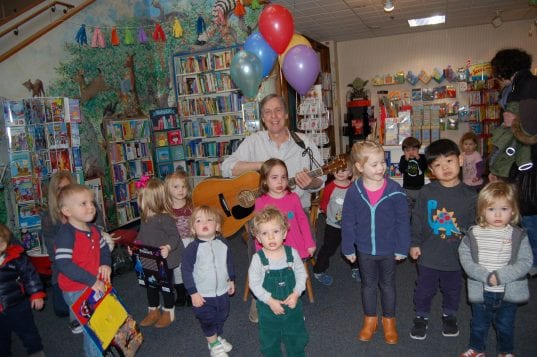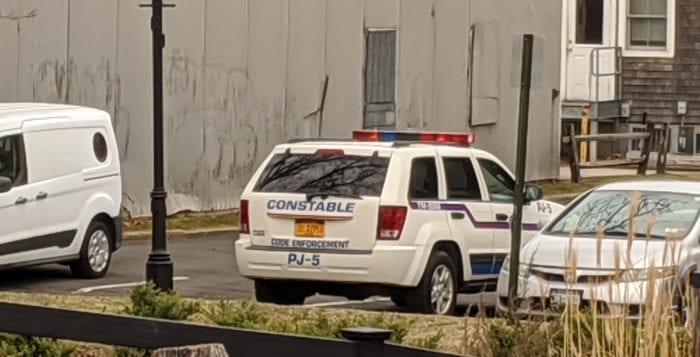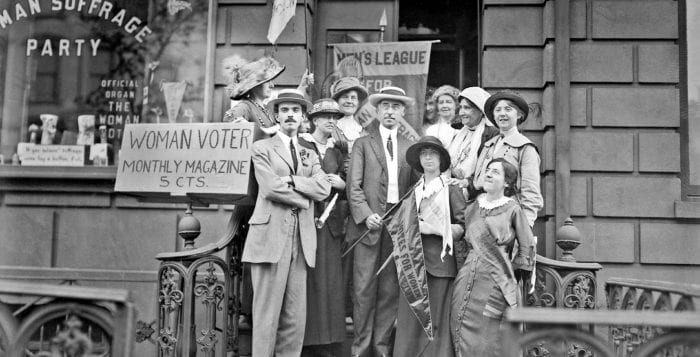Two women from the Port Jefferson and Three Village school districts have been posthumously named to the Suffolk Sports Hall of Fame Class of 2020 for their work organizing girls sports athletics.
Dr. H. Jean Berger and Ruth Gracey were named along with two other women for developing and organizing the Suffolk County Girls Athletic Association in 1949, 23 years prior to federal Title IX legislation, which established no discrimination of participation based on sex.
The hall of fame is naming them due to their “persistence and dedication,” which effectively jump-started women’s ability to participate in and coach school athletics throughout the county.
Berger and Gracey, along with Annamae McKeever-Kress and Jeanette Rogers, developed the constitution, policies and rules, guidelines for scheduling and officiating games for the SCGAA. They envisioned and created a senior athletic awards program and developed the coveted Gold Key Award to recognize senior high school athletes.
“The Suffolk Sports Hall of Fame is honored to induct these four trailblazing women for all they accomplished in building a path and platform for girls to success in sports in Suffolk County,” said Chris Vaccaro, the executive director of the Suffolk Sports Hall of Fame. “What they achieved, long before the passing of Title IX, is remarkable and hundreds, if not thousands, of women have dedicated their lives to athletics thanks to what they built more than 70 years ago. This is a posthumous honor for these inductees, but we know they will be with us in spirit that night.”
All four women are being honored at a ceremony May 26 during the hall of fame’s 30th anniversary celebration at Watermill Caterers, 711 Smithtown Bypass in Smithtown. Tickets are $125 for an adult and $75 for a child. More information can be found at suffolksportshof.com.
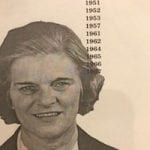 Ruth Gracey
Ruth Gracey
Gracey was born in Syracuse in 1906 and attended Syracuse University from 1926 to 1929, majoring in physical education. After, she received a master’s degree in physical education from Adelphi University.
In 1944 she began her career as the single female physical education instructor at Port Jefferson High School. During this first year at the school, she started the Girls Leaders Club and a year later she was instrumental in creating intramural sports for girls. By the 1948 school year, she was named director of girls physical education and coached soccer, hockey, volleyball, basketball and badminton. In 1949, she helped create the Suffolk County Girls Athletic Association, specifically the constitution and by-laws, and helped to establish a girls sports awards program. She retired from Port Jefferson in 1971 and in 1996 was inducted into the Port Jefferson district’s Wall of Fame. She passed away in 1990.
Elizabeth Schwartz, Gracey’s granddaughter and former student, said her grandmother, along with her contemporaries, pioneered the sense that girls and women were just as capable in sports as anybody else. Gracey was one of the first to make field hockey an institution of Long Island sports, Schwartz said, and she also introduced programs for women in basketball and track and even an archery club.
“She was one of the first to have the overriding idea that sports was a way to take positions of leadership,” Schwartz said, adding it was “a long time coming” to see the names of her grandmother and the other woman added to the wall.
Port Jefferson board President Ellen Boehm said that while she came into the district right after Gracey had retired, she was the one who took girls sports to the next level within the district. She said that before women like Gracey pushed for equality in sports, girls would often play just a few innings of a sport like softball with another school.
“She was one of the trailblazers in bringing recognition to girls sports,” she said.
Schwartz remembered her grandmother’s memorial, how in a packed house with “people in the rafters” all saying the same thing, that “Ruth was a special person to them, and they were a special person to her.” They all realized, “she had that quality — to make you feel you were the most important person in the world.”
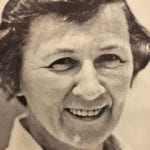 Dr. H. Jean Berger
Dr. H. Jean Berger
Berger was originally from Nebraska but moved to Erie County with her family in 1930. She graduated from Springville-Griffith Institute High School in 1941 and then from SUNY Buffalo State College in 1945 where she majored in physical education. She later attained her doctorate of education degree from New York University.
Her career started in Springville in 1946 before moving on to Bay Shore in 1949, where she developed sports activities for girls at a time when girls athletics was frowned upon.
She would spend most of her career at the Three Village Central School District, and from 1966 to 1980 she worked as teacher, athletic coordinator of girls sports, leadership teacher and clinical supervisor for the K-8 physical education, volleyball coach and adviser to the Girls Leaders Club and Girls Athletic Association.
In 1949 she was the first president of the Suffolk County Girls Athletic Association, and in 1975-1976, she was the president of NYS Association for Health, Physical Education, Recreation and Dance. At various times between 1966 and 1980 she was very involved with Section XI, Suffolk County athletics: vice president, multiple committees, board of directors, volleyball chair, athletic council and Gold Key committee.
Berger passed away in 2003.
Michele Dougherty was a coach and administrator in the Three Village school district from 1973 to 2007 and worked with Berger for several years until her retirement in 1980. Dougherty said she “had a profound influence on me professionally and on a personal level.” She added, Berger, or Dr. B as she and the students called her, not only fought for the Gold Star Award that she and other women helped introduce in 1953 but helped expand it to cover boys athletics as well.
“She has had a profound influence on girls sports through her historic efforts in developing athletic programs for girls throughout the county,” Dougherty said.

















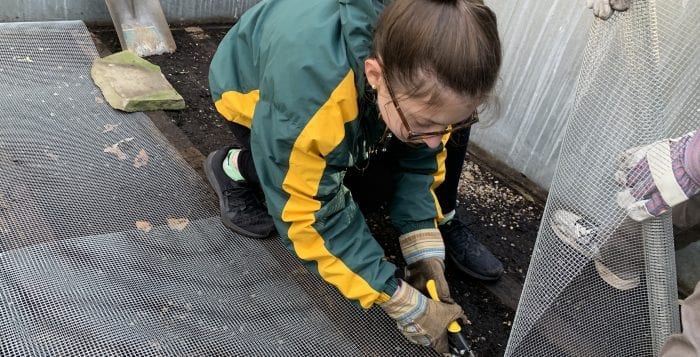





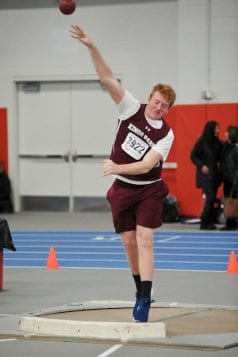

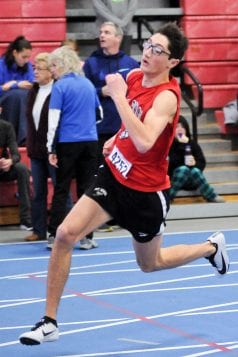
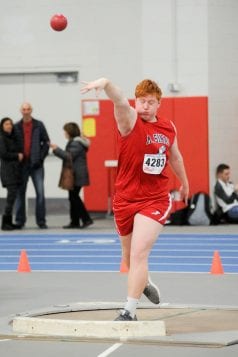






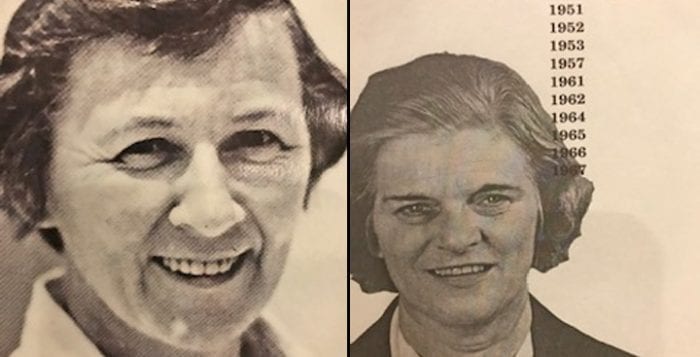
 Ruth Gracey
Ruth Gracey Dr. H. Jean Berger
Dr. H. Jean Berger


